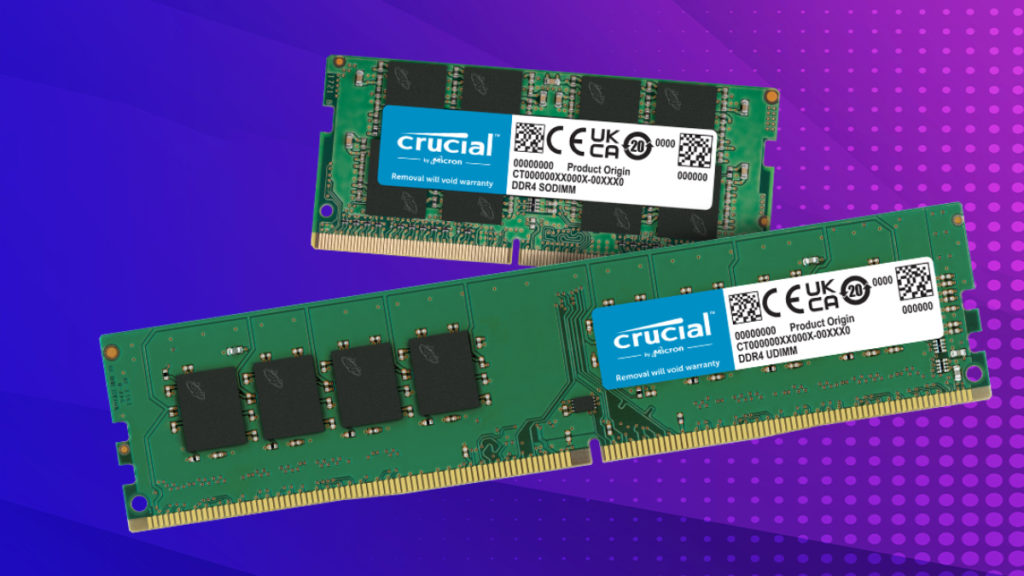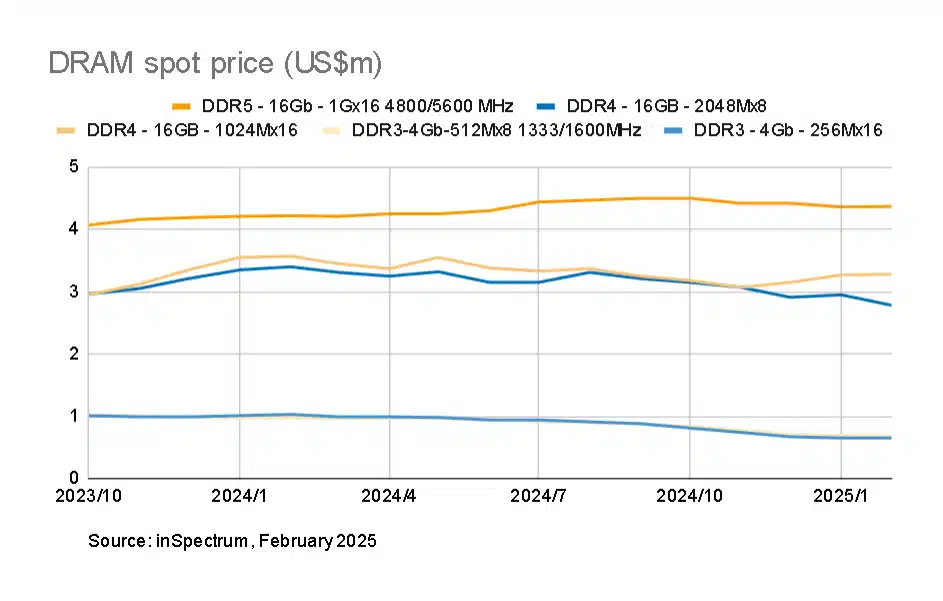DDR3 and DDR4, the third and fourth generations of DDR SDRAM that ushered in official JEDEC speeds of up to 2,133 MT/s and 3,200 MT/s following their introduction in 2007 and 2014, respectively, will no longer be produced by the world’s three major DRAM manufacturers later this year, according to a new report that suggests Samsung Electronics, SK Hynix, and Micron will all be shifting to a new strategy, one that includes a focus on DDR5 and HBM memory due to the declining demand of DDR3 and DDR4, as well as Chinese companies bringing these older memories to market at greatly reduced prices.
“Sources have indicated that the three major DRAM manufacturers might cease production of DDR3 and DDR4 by the end of 2025,” reads a report that DigiTimes published today, which goes on to warn of potential shortages for older memory but an increase in availability of newer types in the months ahead:
This move could lead to possible supply shortages post-summer 2025, with market supply largely relying on Taiwanese producers to fill the gap. A key component distributor has pointed out that the anticipated halt in production could lead to significant supply constraints, challenging market dynamics and impacting pricing strategies.
One such producer is said to be Winbond Electronics, which has reportedly adopted a newer process, enabling higher-capacity memory:
Faced with weak demand for mature DDR products, Winbond Electronics is advancing its manufacturing by transitioning to a 16nm process in the latter half of 2025. This upgrade from the current 20nm process, primarily used for 4Gb DDR3 and DDR4, will enable Winbond to produce 8Gb DDR memory.
“DDR5…more than doubles the performance of the previous generation (DDR4), shifting data at speeds of up to 7,200 megabits per second – helping today’s ultra-fast processors to think even faster,” Samsung wrote in 2021 to usher in what was then a brand-new generation of memory.
“DDR5 memory uses 13% less energy than the previous generation, and that is especially important as the global data center market is growing at a rate of 6.4% a year,” the company noted at the time.


